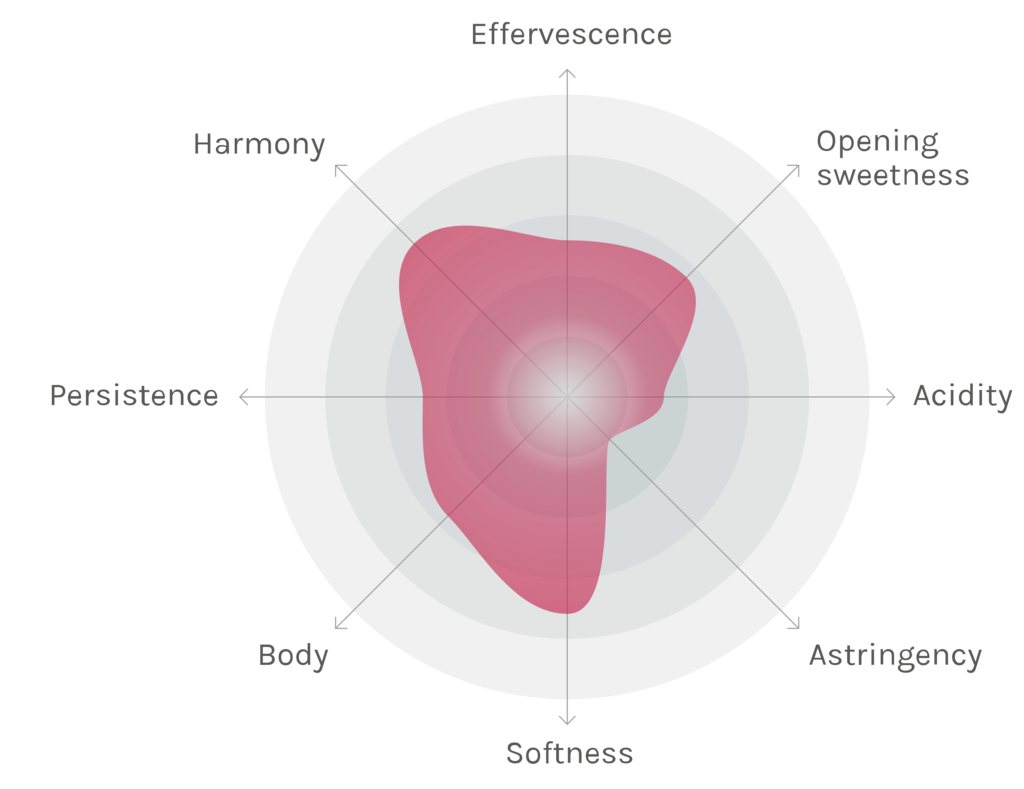Marchesi di Barolo, 2024
Moscato d'Asti DOCG Zagara
- Country of origin Italy
- Region Piemont
- Grapes Moscato
- Alcohol content 5 %*
- Drinking temperature 8 - 10°C
- Allergen notice Contains sulphites
-
Article / Unit
-
6x75clCarton
Benefit time and again!
In order to benefit from our customer portal, log in with your access data:
Login
This wine for your assortment: Contact us






 Exotic fruits
Exotic fruits Berry
Berry Pome fruit
Pome fruit Fruity
Fruity Spicy
Spicy